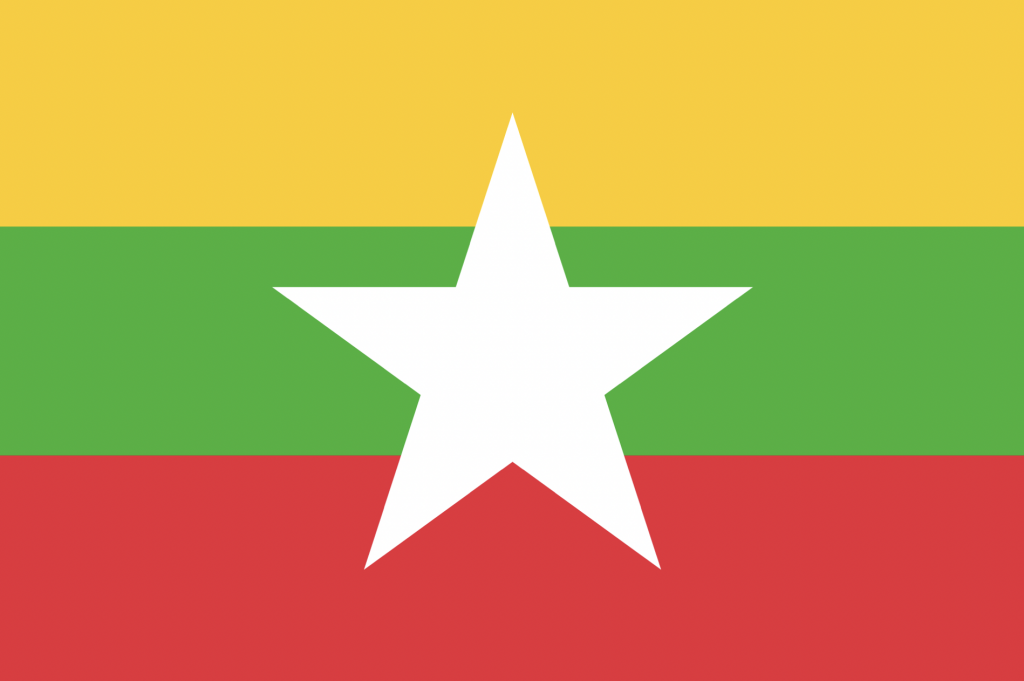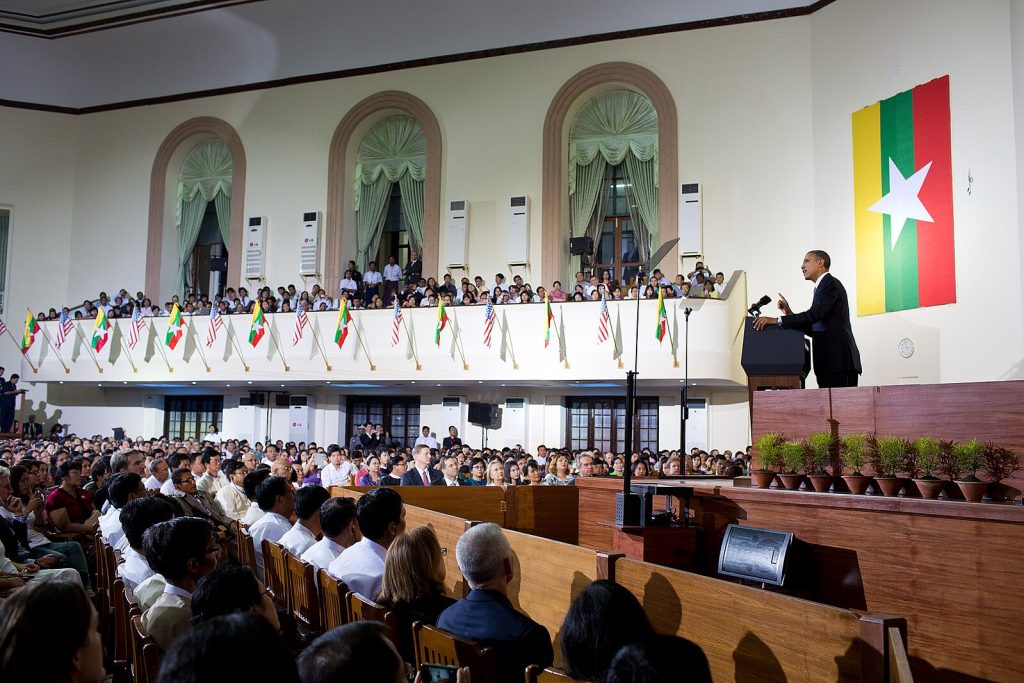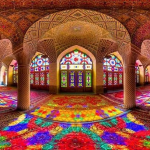When you think of flags, you might envision simple patterns and colors, but the Flag of Myanmar is anything but ordinary. With a rich history, vibrant colors, and cultural significance, the Myanmar flag stands as a symbol of the nation’s identity, struggles, and aspirations.
To read about the languages of Myanmar click here.
Table of Contents
A Brief History of the Myanmar Flag
The current flag of Myanmar was officially adopted on October 21, 2010. However, its design is rooted in the country’s tumultuous history. The flag is composed of three horizontal stripes: yellow at the top, green in the middle, and red at the bottom, with a large white star at its center. Each color represents important values: yellow symbolizes solidarity, green stands for peace and tranquility, and red signifies courage and determination.

Before this design, Myanmar has had a series of flags reflecting its changing political landscape. The first flag was adopted in 1948 when the country gained independence from British colonial rule. This flag featured a red field with a blue canton containing a white star and the symbols of the ethnic groups. As the political scene evolved, so did the flag, with various iterations being used until the current version emerged.
To read about Street Food in Yangon click here.
Breaking Down the Design
Let’s dive into the flag’s design elements a bit more closely:
The Colours
- Yellow: This colour represents the country’s solidarity and the unity of its people. In a land with diverse ethnic groups, this colour serves as a reminder of the strength found in unity.
- Green: Often associated with nature and peace, the green stripe signifies the lush landscapes of Myanmar and the aspiration for peace within its borders.
- Red: This bold colour embodies the courage and determination of the Myanmar people in their ongoing pursuit of independence and self-determination.
The White Star
- The star in the centre is not just an aesthetic choice; it symbolizes the aspirations of the nation and its hope for a brighter future. It can also be interpreted as a representation of the various ethnic groups coming together as one.
The Flag in Action
The Flag of Myanmar is often seen fluttering in the wind during national holidays, military parades, and cultural celebrations. It’s a common sight on the streets of cities like Yangon and Mandalay, where citizens proudly display the flag during public events.

The sight of the flag evokes a sense of national pride among the locals, reminding them of their shared heritage and the challenges they have overcome.
Controversies and Challenges
As with many national symbols, the Myanmar flag has not been without controversy. Some critics argue that the flag does not adequately represent the country’s ethnic diversity, as the majority of the population is composed of various ethnic groups with their unique identities. Debates about representation continue, with some advocating for a flag that reflects the nation’s rich tapestry of cultures and traditions.

The political climate in Myanmar has also affected the perception of the flag. Following the military coup in February 2021, protests erupted nationwide, leading to a resurgence of the previous flag designs by those who oppose the military regime. This situation has transformed the flag from a simple national symbol into a potent emblem of resistance and the quest for democracy.
To read about the troubles in Myanmar click here
Fun Facts About the Flag of Myanmar
- Design Inspiration: The flag’s vibrant colors and simple yet striking design were influenced by both historical context and modern aesthetics.
- Symbol of Hope: During times of turmoil, the flag has served as a symbol of hope for the people of Myanmar, inspiring movements for change and freedom.
- Flag Etiquette: Like in many cultures, showing respect for the national flag is crucial in Myanmar. It should be treated with dignity, and displaying it improperly can be considered disrespectful.
Conclusion on Myanmar Flag
The flag of Myanmar is more than just a piece of fabric; it represents the hopes, dreams, and struggles of its people. With its vivid colors and significant symbolism, the Myanmar flag tells a story of resilience and unity amidst diversity. As the country continues to navigate its complex political landscape, this flag will undoubtedly remain a powerful emblem of the people’s aspirations for a better tomorrow.
If you’d like to see the Myanmar flag “in action” then join YPT on a Myanmar Tour





